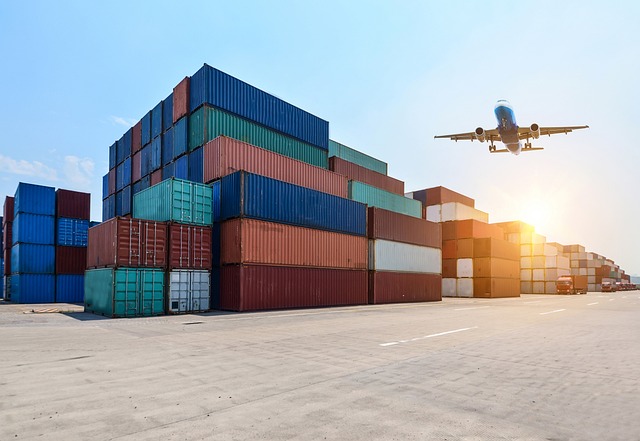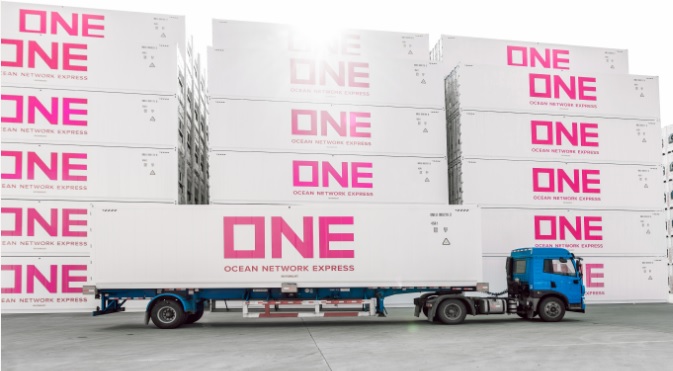-
The Philippines is eyeing to double export revenues to 2028 under the Philippine Export Development Plan 2023-2028
-
Eight sectors are expected to drive the revenue goals and account for 88.5% of the total annual targets
-
Diversification of exports needed, according to President Ferdinand Marcos, Jr
Philippine export revenues are seen doubling to US$240.5 billion by 2028 under the Philippine Export Development Plan (PEDP) 2023-2028.
Leading the plan’s launch on June 15, President Ferdinand Marcos Jr. said the new PEDP embodies a comprehensive and pragmatic plan that fleshes out strategies to achieve targets of the current administration’s agenda.
By promoting investments, facilitating trade and developing key industry clusters, the plan serves as a roadmap to achieve substantial export growth and establish the Philippines as a producer of high-value products and services.
Born from collaborative efforts of the export community, the new PEDP is an update of PEDP 2018-2022 and is aligned with the goals of Philippine Development Plan 2023-2028.
RELATED READ: PH Export Development Plan approved
Under the plan, the government targets an export revenue of $126.8 billion this year; $143.4 billion in 2024; $163.6 billion in 2025; $186.7 billion in 2026; $212.1 billion in 2027; and $240.5 billion in 2028.
Eight sectors are expected to drive the revenue goals and account for 88.5% of the total annual targets. These are electronics and electrical exports; information technology-business process management (IT-BPM); minerals; agriculture and agri-based exports; transport products; wearables, fashion accessories and travel goods; chemicals; and home furnishings.
“As envisioned under the PEDP, achieving more than double our current level of exports is, in fact, a realistic target,” Marcos said.
“We can transform the Philippine export industry into a significant economic engine that will generate over a million high-quality and sustainable jobs. The Philippines can establish itself as an agile export powerhouse by the year 2028,” he added.
While noting that the country’s total exports are growing, Marcos acknowledged that within the larger context of international trade, “we fall behind our ASEAN (Association of Southeast Asian Nations) neighbors”, and that the country still grapples with critical issues, such as comparatively less-diversified export portfolio and trade barriers and frictions.
“I came across a rather eye-opening statistic when we were planning on and putting together this export plan for the Philippines. In that 40% of all our exports are only one product. So the level of diversification is something that we have to look at and we have to improve in the coming years,” Marcos said.
“But we also recognize that there is a great potential in the sector; no less than $49 billion worth of revenues remains untapped and unlocked by the industry,” he added.
In a separate statement, the Department of Trade and Industry (DTI) said the PEDP enables the shift in the government’s approach in terms of export development.
DTI said it puts export development as a national agenda and focuses on addressing binding constraints to export competitiveness, expanding the country’s export capacities, and seizing growth opportunities in the international market. It likewise seeks to undertake an industry development-centric approach that will make the Philippines a competitive global player.
The PEDP outlines three strategic actions to develop the export clusters. These are:
- Addressing production constraints;
- Developing a strong innovative export ecosystem; and
- Increasing the Philippines’ mindshare in the global market.
To support industry initiatives, “firm-level interventions” that recognize the varying levels of export readiness among companies will be provided.
The plan has three classifications – the breakers, crests, and those that are creating ripples.
Breakers are companies in high-impact sectors that have already broken into the international market so they are now able to export their products in sizeable volumes and most likely won’t need any more specific support from the government. Breakers will be provided with regular support in terms of trade facilitation, the right regulation, etc.
Crests are firms in emerging sectors that have shown promising growth and have the potential to become significant players in the global market. They will be provided with bigger support at the firm level compared with those that are already breakers.
Those at the ripple stage, meanwhile, are firms in sectors that are still in the early stages of development. These are the companies in high-tech industries and these are the ones that will get the significant amount of firm-level support.
On June 15, a statement of commitment to implement the PEDP was signed by Trade Secretary Alfredo Pascual along with other public and private sector representatives.
The statement commits the signatories to fulfilling the following:
- Ensuring the implementation of the PEDP;
- Identifying, implementing, and supporting policies, programs, and projects in line with the PEDP;
- Addressing binding constraints to export competitiveness, particularly burdensome and unnecessary regulations; complying with the monitoring, evaluation, communication and reporting of the PEDP outcomes; and
- Reaffirming the importance of the Export Development Council as a public-private partnership through diligent participation in council meetings.









